The flower shown in the picture is actinomorphic, with 3+3 tepals, 3+3 stamens and a superior ovary consisting of three fused carpels. This flower belongs to the family:
1. Liliaceae
2. Fabaceae
3. Solanaceae
4. Brassicaceae

2. Fabaceae
3. Solanaceae
4. Brassicaceae


To unlock all the explanations of 38 chapters you need to be enrolled in MasterClass Course.

To unlock all the explanations of 38 chapters you need to be enrolled in MasterClass Course.
The pointed structures seen emerging from ground in the given picture are called:
| 1. Pneumatophores 2. Haustoria 3. Assimilatory roots 4. Stilt roots |
 |

To unlock all the explanations of 38 chapters you need to be enrolled in MasterClass Course.

To unlock all the explanations of 38 chapters you need to be enrolled in MasterClass Course.
Stilt roots shown in the given picture is seen in:
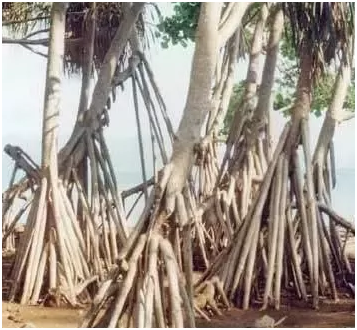
1. Rhizophora
2. Pandanus
3. Betel
4. Tinospora
The spiral structures coiling around a stem in the given picture can belong to:
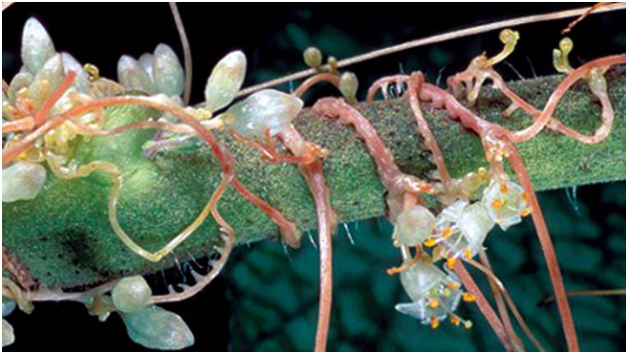
1. Dodder
2. Mistletoe
3. Broomrape
4. Sandalwood
The picture shows the betel plant which is a:
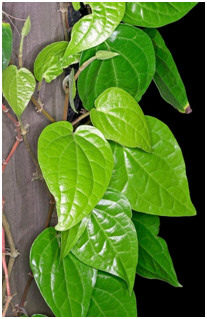
1. Hook climber
2. Rootlet climber
3. Tendril climber
4. Leaf climber
The picture shows the largest flower of Rafflesia which is a:
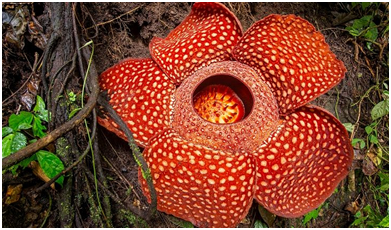
1. Total stem parasite
2. Partial stem parasite
3. Total root parasite
4. Partial root parasite
The picture shows the Monotrapa plant. It is a/an:
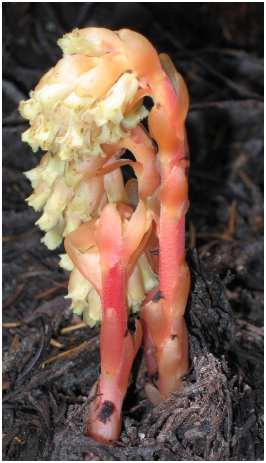
1. Insectivore
2. Saprotroph
3. Root parasite
4. Stem parasite
Match each item in COLUMN I with one in COLUMN II and select the correct answer from the codes given:
|
|
COLUMN I [Elongated nodes in thalamus] |
|
COLUMN II [Example] |
|
A. |
Anthophore |
a. |
Gynandropsis |
|
B. |
Androphore |
b. |
Silene |
|
C. |
Gynophore |
c. |
Passion flower |
|
D. |
Gynandrophore |
d. |
Capparis |
Codes
A B C D
1. b c d a
2. b d a c
3. c b a d
4. d c b a
In the given diagram the floral features are seen in the members of Family:
1. Liliaceae
2. Solanaceae
3. Fabaceae
4. Brassicaceae

To unlock all the explanations of 38 chapters you need to be enrolled in MasterClass Course.

To unlock all the explanations of 38 chapters you need to be enrolled in MasterClass Course.
The stem thorns seen in the picture can belong to:
|
1. Opuntia |
 |







